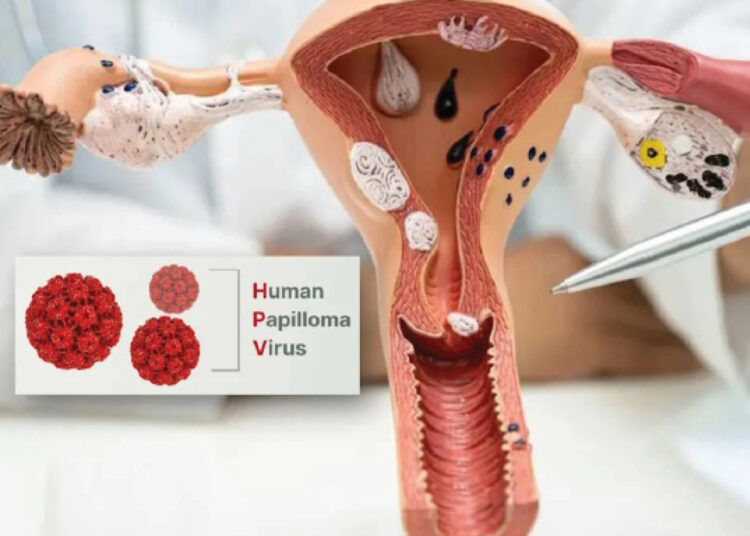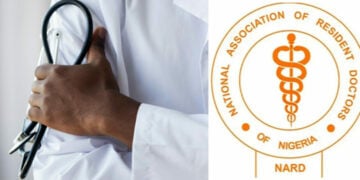Human Papillomavirus (HPV) is one of the most widespread viral infections globally, affecting millions of men and women alike. Yet, despite its prevalence, HPV often goes unnoticed and undiagnosed until it leads to more serious health issues. From common skin warts to life-threatening cancers, HPV has a wide range of potential outcomes, making awareness and prevention essential.
HPV refers to a group of over 100 related viruses. While many types are relatively harmless and cause skin or genital warts, some high-risk strains are directly linked to cancers of the cervix, anus, penis, throat, and other areas. The virus spreads primarily through skin-to-skin contact during sexual activity, including vaginal, anal, and oral sex, and can be transmitted even when an infected person shows no symptoms.
Understanding how HPV works, who is at risk, and how it can be prevented or managed is vital for protecting your health and the health of others.
HPV Symptoms And Health Risks
Most people with HPV don’t show any symptoms and may unknowingly pass the virus to others. In many cases, the body clears the infection on its own within a couple of years.
However, certain high-risk types of HPV can persist and cause abnormal cell changes, which may develop into cancer over time—especially cervical cancer in women. Other types may cause visible symptoms like genital warts, which appear as small bumps on the genital or anal area and can vary in size and shape.
The good news is that HPV is largely preventable. Vaccines such as Gardasil nine offer strong protection against the most dangerous strains of the virus and are recommended for preteens, teens, and young adults of all genders.
Regular screening, such as Pap smears and HPV tests for women, helps detect early changes that can lead to cervical cancer. Practicing safe sex, including the consistent use of condoms, and limiting the number of sexual partners also significantly reduces the risk of HPV transmission.j
How HPV Spreads:
Vaginal, anal, or oral sex with an infected person
Skin-to-skin genital contact, even without penetration
In rare cases, mother to child during childbirth
Sign And Symptoms
Most HPV infections are asymptomatic and resolve on their own. However, some types can cause:
Genital warts (soft growths on the genitals or anus
Abnormal cervical cells (detected during Pap smears)
Respiratory papillomatosis (rare warty growths in airways)
HPV-related cancers (cervix, vulva, anus, penis, throat)
Prevention And Management
Vaccination: The HPV vaccine is highly effective and recommended for preteens (ages 9–12), but it can be given up to age 45.
Regular Screening: Pap smears and HPV testing can detect early changes in cervical cells.
Safe Practices: Using condoms and limiting sexual partners can reduce risk (though not eliminate it).
Healthy Immune System: Helps clear most HPV infections naturally





